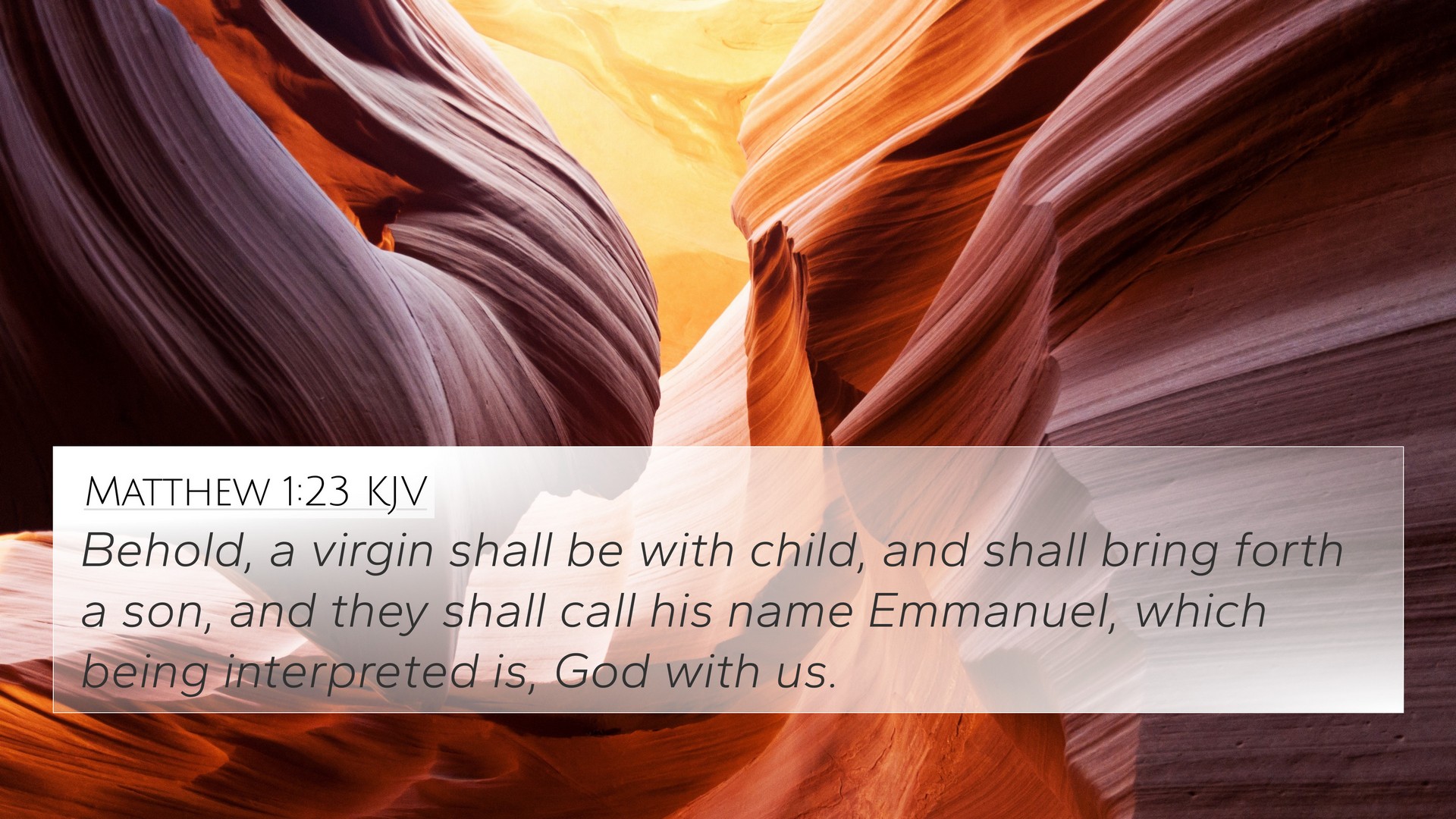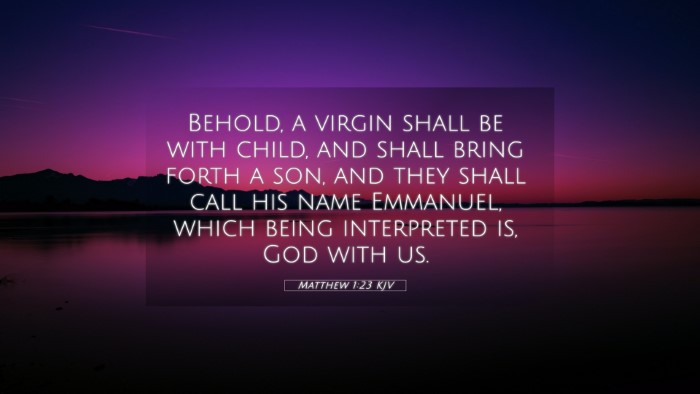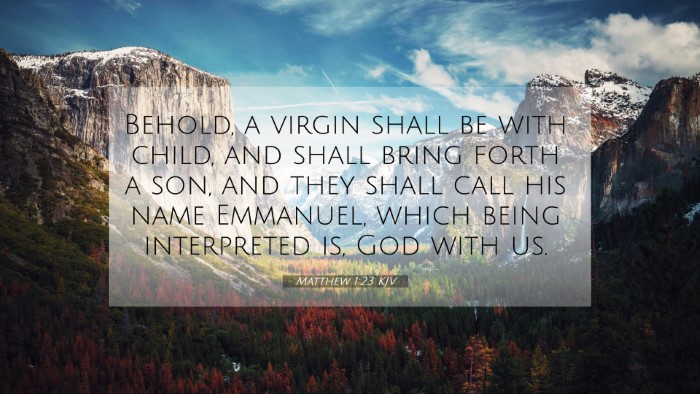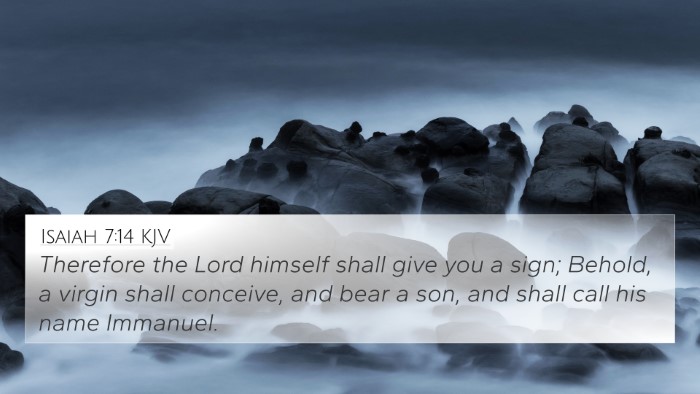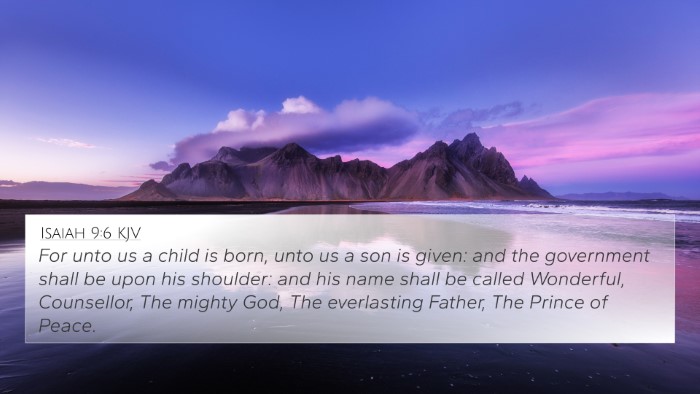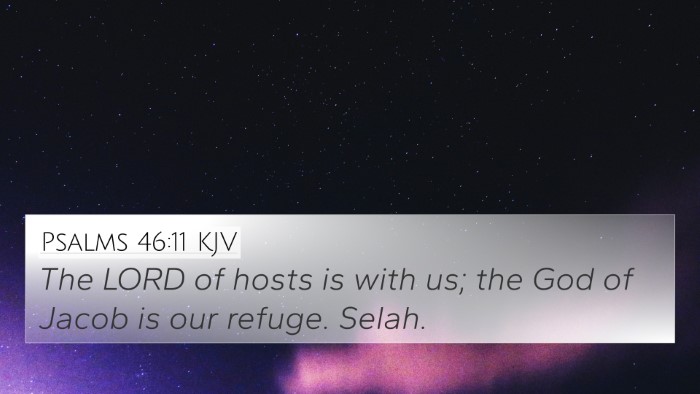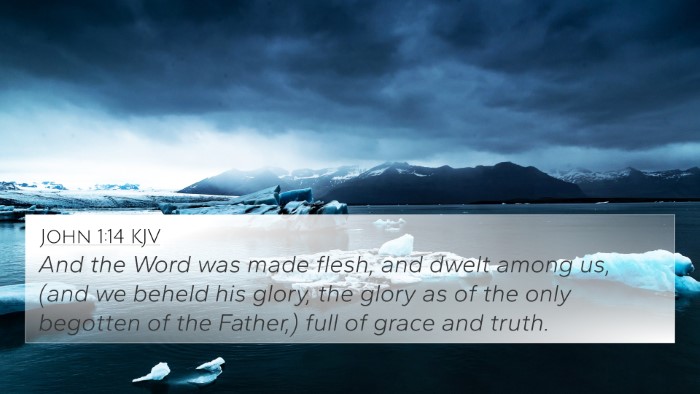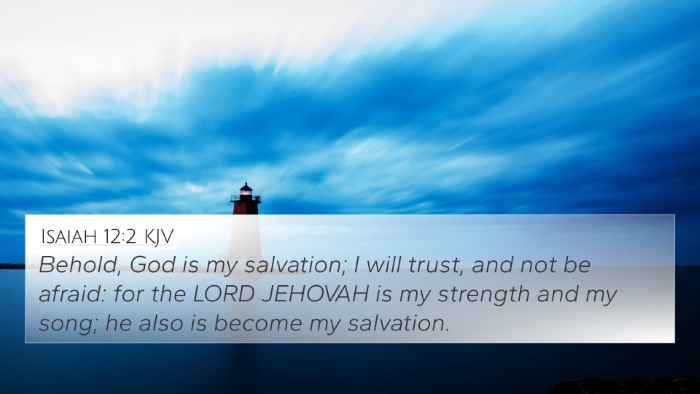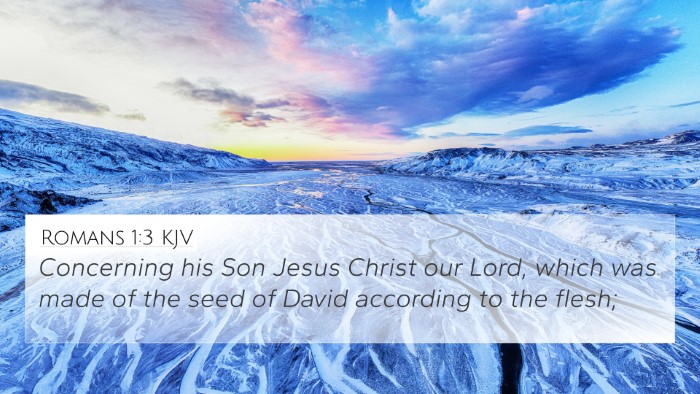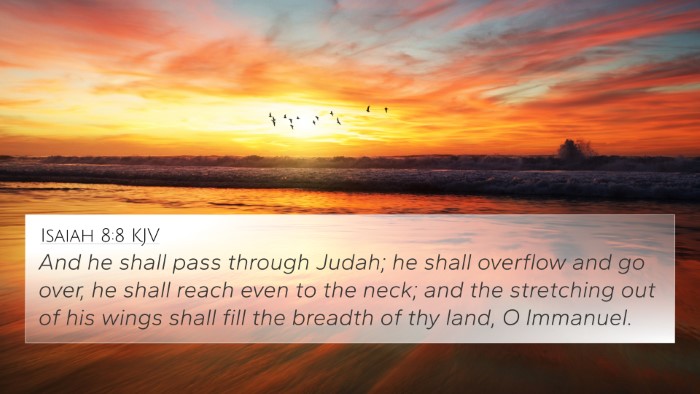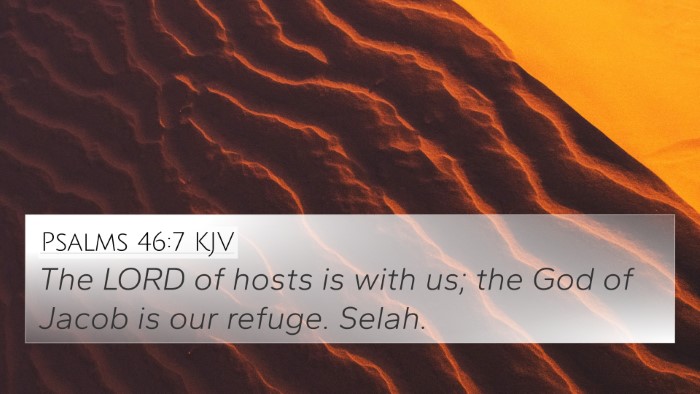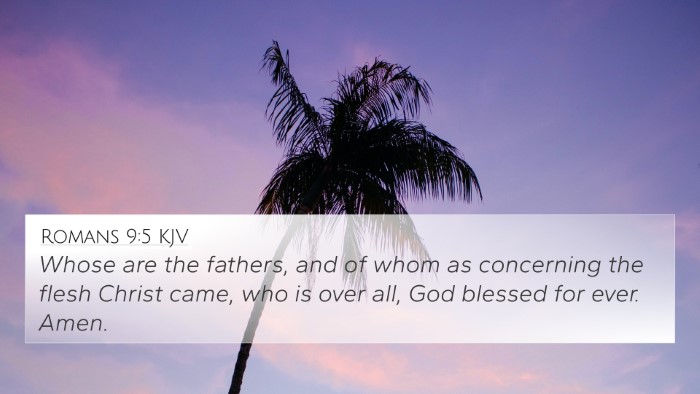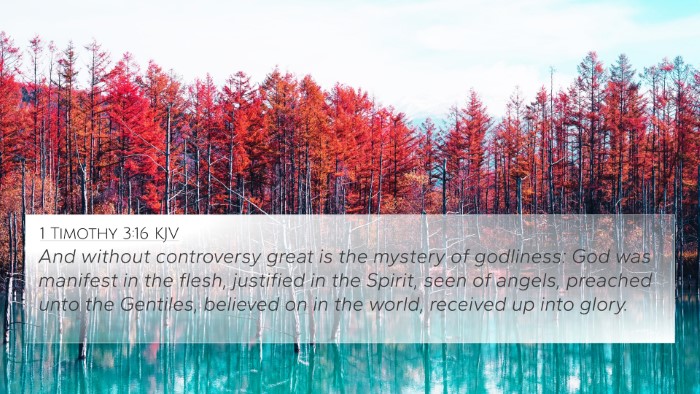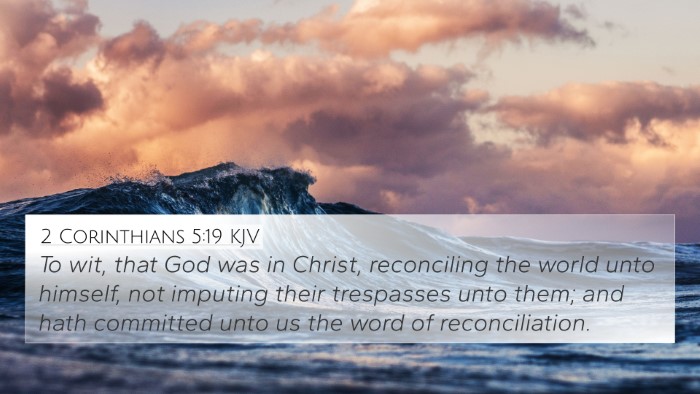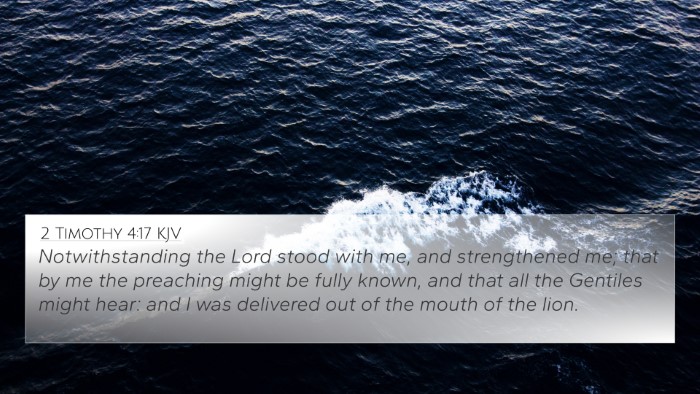Meaning and Interpretation
This verse is crucial in Christian doctrine as it prophesies the virgin birth of Jesus Christ, affirming His divine nature and humanity.
Key Insights from Commentaries:
- Matthew Henry: Henry emphasizes the humble beginnings of Jesus, highlighting that His birth fulfilled Old Testament prophecy, linking to Isaiah 7:14, which originally spoke of a sign to King Ahaz.
- Albert Barnes: Barnes points out the significance of the term "Emmanuel," underlining that it encapsulates God's presence among His people, which is a recurring theme in both Old and New Testaments.
- Adam Clarke: Clarke adds depth by explaining the term "virgin" indicates a miraculous birth, setting the stage for Jesus's unique identity as both God and man.
Prophetic Context
The prophecy in Matthew 1:23 finds its roots in Isaiah 7:14, illustrating God's assurance to His people of salvation through divine intervention. Such prophetic connections highlight the continuity of God’s plan throughout Scripture.
Thematic Connections
This verse reflects broader themes of hope and divine salvation. The identity of Jesus as "Emmanuel" connects with other scriptures that emphasize God's perpetual presence.
Bible Cross-References:
- Isaiah 7:14: Direct prophecy of the virgin birth.
- Isaiah 9:6: Proclaims the child as a wonderful counselor and mighty God.
- John 1:14: “The Word became flesh and dwelt among us.”
- Luke 1:30-35: The angel Gabriel’s announcement to Mary about Jesus’s conception.
- Matthew 2:6: Prophecy about the ruler that will come from Bethlehem.
- Galatians 4:4: The fullness of time when God sent forth His Son, born of a woman.
- Hebrews 1:1-2: God speaks through His Son, indicating the divine nature of Jesus.
The Importance of Cross-Referencing
Understanding the connections between Bible verses enhances the depth of scripture. Cross-referencing allows readers to explore:
- How the New Testament fulfills Old Testament prophecies.
- The continuity of God's message through different authors and time periods.
- Thematic parallels that reveal deeper insights into God's character.
Tools for Bible Cross-Referencing
Utilizing tools like a Bible concordance, Bible cross-reference guide, and other Bible reference resources can aid in locating relevant verses. Here are some practical methods:
- Using a Bible concordance: Look up keywords related to your study topic.
- Cross-reference Bible study: Compare verses side by side to observe similarities.
- Bible chain references: Follow paths of linked verses to draw thematic connections.
How to Use Bible Cross-References
Engaging in cross-referencing can deepen your understanding of specific verses, such as Matthew 1:23. Consider the following approaches:
- Identify key themes and look for supportive verses.
- Explore Old and New Testament dialogues, such as comparing Old Testament prophecies with their New Testament fulfillments.
- Analyze comparative studies of similar teachings, such as the nature of Jesus in the epistles and the gospels.
Summary
Matthew 1:23 stands as a pivotal verse highlighting the miraculous nature of Jesus's birth and His identity as God with us. Through careful cross-referencing and thematic analysis, believers can gain profound insights into the interconnectedness of Scripture and the overarching narrative of redemption.
